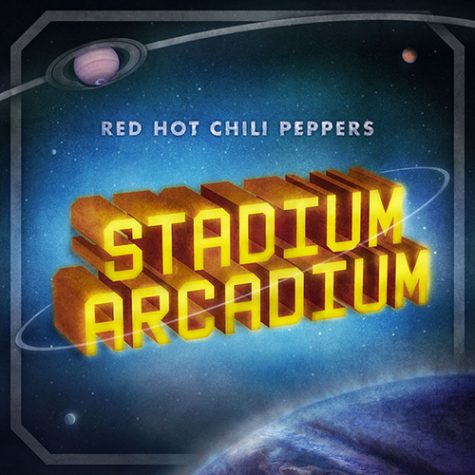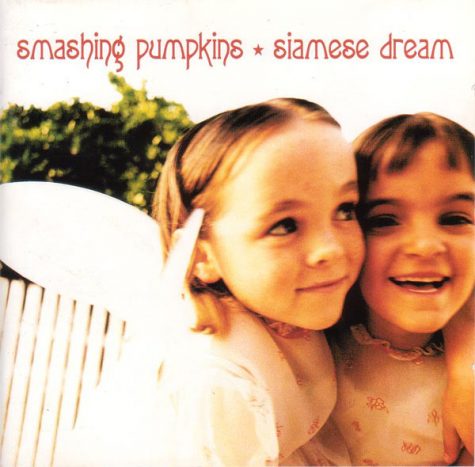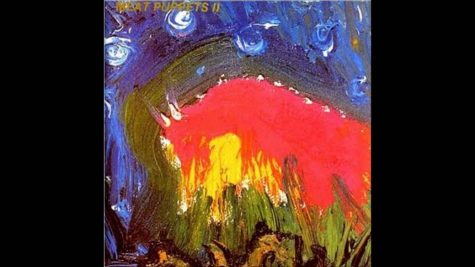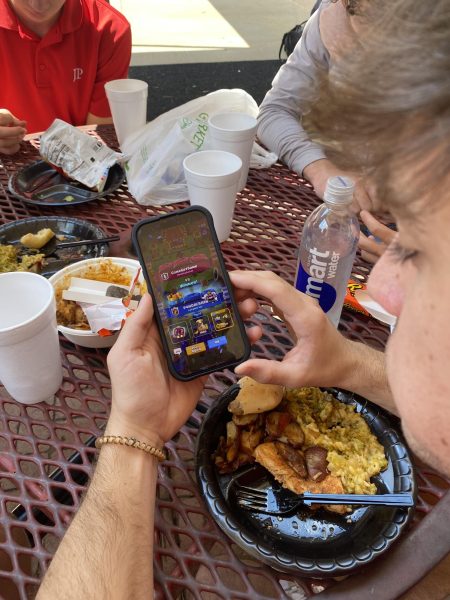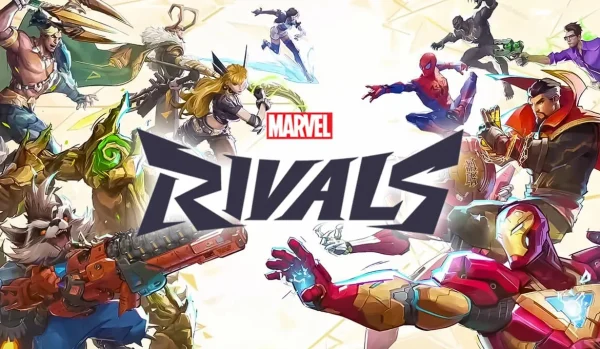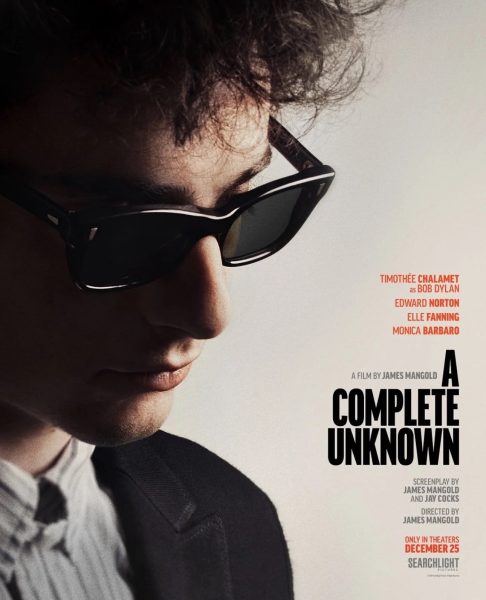What Is It? Five Music Subgenres You’ve Probably Never Heard Of
From Issue 4

In this edition of What Is It? I will be covering five music subgenres that you may have heard of once or twice and thought, “That can’t be real, right?” After doing a little digging, I’ve found some of the weirdest and most obscure music genres out there.
Mallsoft. Spawned from the ironic, aesthetics-fueled music movement of the late 2010’s called Vaporwave, Mallsoft is a form of electronic music that uses indistinct looped sounds, background noise, and warped vocals to capture the consumer culture and sensory overload associated with shopping malls and other places of business. Mallsoft artists received a treasure trove of samples and inspiration when Mark Davis, a former Kmart employee, released digital recordings of dozens of cassettes on an archive.org page titled Attention K-Mart Shoppers. These cassettes featured elevator music, instrumentals, and advertisements played in Kmart stores during the ‘80s and ‘90s. Notable albums from the Mallsoft genre include Catsystem Corp.’s Palm Mall, its follow up album Palm Mall Mars, groceries groceries’ Supermarkets Yes! We’re Open, and Hantasi’ Vacant Places.
Stoner Rock. With band names such as Weedeater, Bongzilla, Electric Wizard, and High on Fire, Stoner Rock isn’t subtle in its musical influences. Incorporating heavy metal, doom metal, psychedelic, and cannabis culture into its distorted and heavy sound, Stoner Rock, also known as Stoner Doom, is the epitome of mean and green. Metal pioneer Black Sabbath had an influence on Stoner Rock with the song “Sweet Leaf.” Another influencer is the Palm Desert Scene, a group of bands from Palm Desert California who collaborated and led to the creation of bands such as Fu Manchu and Kyuss. Bands from the Palm Desert Scene didn’t always like the moniker of “stoner rock” with bands as a whole being called desert rock. Good listening material for stoner rock are the albums Welcome to Sky Valley by Kyuss and The Action is Go by Fu Manchu, as well as various compilations located on Youtube.
Danger Music. Danger Music is an Avant-Garde theatrical performance of “music” that puts the performer and the audience in real danger. Conceived in the early 1960s by Fluxus composer Dick Higgins, Danger Music was a series of performances with simple, yet vague, occasionally humorous instructions. Popular examples include Danger Music Number Seventeen, Scream! Scream! Scream! Scream! Scream! Scream!, Danger Music Number Nine, Volunteer to have your spine removed, and Danger Music Number Twenty Four, Find it. Attack it. Japanese noise band Hanatarash is a much more infamous example of Danger Music, with leadman Yamantaka Eye cutting a dead cat in half with a machete during a performance, allegedly throwing sheets of glass into in the audience, and driving a bulldozer through a music venue, with the later having surviving footage published online. Danger Music is designed to question what is or is not music, and will certainly leave the listener puzzled if not disturbed.
Extratone/Speedcore. The fastest music out there, Extratone is a form of electronic music where the BPM (beats per minute) exceeds 1000 and where the sound blends into one extra long tone getting higher as the BPM gets faster. The optimal BPM for a chart-topping hit averages at 119.8, according to a study from Rutgers grad students. Moby’s Thousand, released in 1993 and named after its BPM, is sometimes cited as the first Extratone track. Also released in 1993, Sorcerer’s My Four Seasons E.P is often credited as inspiring Speedcore, which has an average BPM of 300, although New York’s Disciples of Annihilation is also credited with the creation of speedcore with the 1997 album New York City Speedcore. Taking Speedcore a step further, Splittercore averages at around 700 BPM, and is popular on Youtube, especially with other hardcore techno music. Extratone exists to push the limits of computer and what people can consider music. A good example is a Youtube video titled Speedcore, which has a BPM of 100,000 and 2.2 million views.
Country Truck Driving Music. Combining influences from western music, country music, and American folk, Country Truck Driving Music is for truckers and other people involved in commercialized truck driving. Subjects of these songs include radio communication, truck stops, geography, road trouble, and law enforcement. Instruments most often used in the production of Truck Driving Music are vocals, banjo, acoustic guitar, fiddle, bass guitar, electric guitar, and harmonica. “Convoy,” which inspired a 1978 action film of the same name, although the titular song was rewritten for the movie’s soundtrack, and “East Bound and Down” from the soundtrack of Smokey the Bandit, starring the late Burt Reynolds, are arguably the two most popular Truck Driving songs. Truck Driving Music was most popular between the 60’s and the 80’s and has helped the figure of the trucker cement itself as an aspect of industrialized American folklore.



